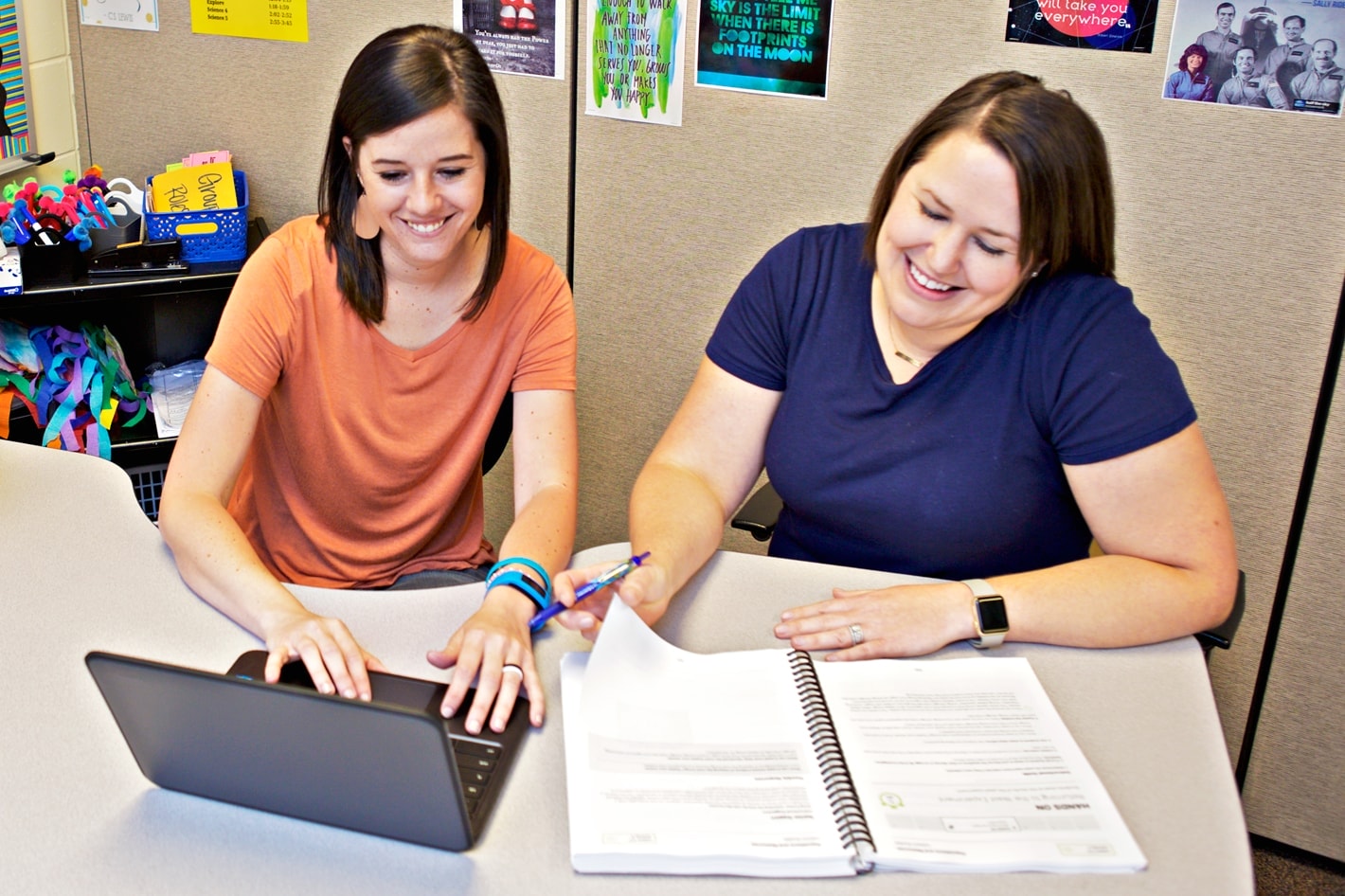Five fundamentals of high-quality materials in action
So what do we mean by high quality instructional materials, or HQIM? We can start with how EdReports.org, the leading third-party reviewer of curriculum, defines it:
- Materials that help educators teach to rigorous standards.
- Materials that are relatively easy to use.
Beyond these important starting points, what does high quality curriculum look like in action—in real classrooms? Here are five fundamentals of how we think about it at Amplify.

1. It looks like ALL students engaged and thinking.
Students at all levels are able to engage deeply with important questions, to think deeply, creatively, and for themselves.
There’s a commitment to equity and a “low floors/high ceilings” approach: all students get the scaffolding they need to grapple with the things great minds in the subject area find important, beautiful, and true.

2. It looks like teachers using materials that work harder for them.
Teachers find the program easy and enjoyable to teach. The rich content inspires them to do some of their best teaching.
Teachers also have powerful tools and data that enable them to understand their students more deeply and give more precise feedback.

3. It looks like a vibrant classroom community.
The pedagogy of the program supports the formation of a classroom community where teachers and students wonder, share, debate, and learn together.
It looks like a model of civil society.

4. It looks like a culture of continuous learning for educators, districts, and publishers.
Professional development is not one and done. The district not only provides teachers with high-quality training upfront, but also ongoing ways for teachers to compare notes and share best practices in implementing a new program.
The publisher also collaborates with districts on the initial training as well as provides ongoing support to teachers with on-demand resources, customer support, and online communities. Both the publisher and district continuously respond to teacher feedback and data to keep improving the program and classroom-level implementation.

5. Finally and most importantly, it looks like improved learning outcomes for students.
The program has demonstrated the ability to raise student achievement. It may start with growth on benchmark assessments and then, over time, you can see it on state tests.
The district continues to track how well the program is helping to drive strong learning outcomes, and the publisher also continues to seek ever higher levels of efficacy through ongoing product improvement and measurement.
